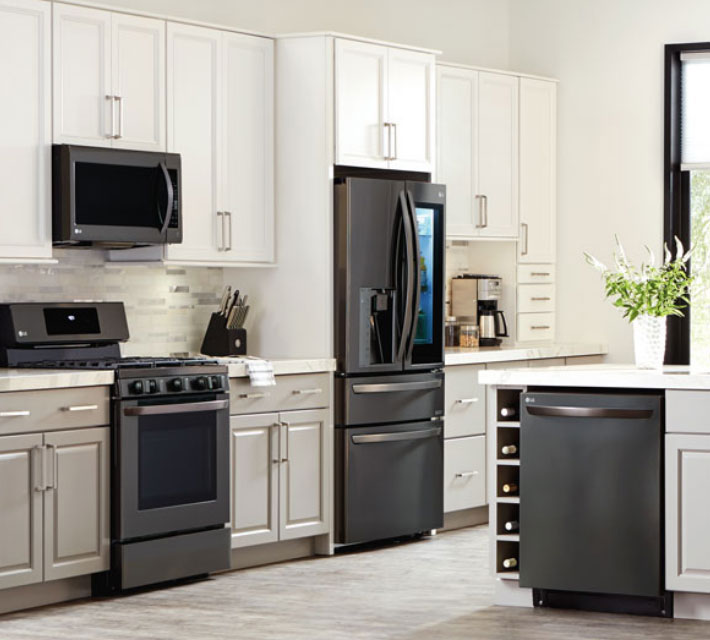Universal design is not something that would cross your mind when remodeling your home, but its principles affect your life almost on a daily basis.
Also known as Aging in Place, universal design is a home designed to be used by all people regardless of their size, age or physical abilities. Building a universal design home means designing all rooms and external living spaces in accordance with the universal design principles. Some contractors such as Remodel Works may offer universal design services while others may not, so be sure to make an enquiry on this before hiring a contractor. Here are the seven principles of Universal Design:
Equitable Use
A designer’s main target is to have everyone enjoy their creations without facing any hurdles. Universal Design seeks to ensure that all buildings can be accessed, used, and enjoyed equitably by all people, including children, the disabled, and the elderly.
Flexibility in Use
The design should make it possible for different people to use specific aspects of the building in different ways, both by preference and by requirement or circumstance. Additions for the disabled and elderly people should be put in place but in a way that doesn’t inhibit normal use by other people.
Simple and Intuitive Use
The design should be easy to understand for all users regardless of their language, mobility, or physical abilities. The idea is thus to shun any ambiguity and avoid putting up signage written in specific language. Include as many international languages as possible, if need be.
Perceptible Information
Every user should be able to perceive all important information on the use of the design regardless of their physical abilities and environmental situation. This basically means that all signs in the building must be perceptible by the blind, people with reduced hearing, etc. and in all situations, including noisy environments. Universal Design makes use of pictures, tactile information, and verbal information. Whenever text is used, the font must be simple and visible from a distance. Also, the more important information should be prominent.
Tolerance for Error
The design should include safety features to minimize risks in the building. When an object that poses as a hazard can be covered, moved to another place, or removed entirely from the building, Universal Design requires that the most safety-oriented step is taken. However, when this is not possible, feasible measures should be taken to curb the risk of the accident without compromising the intended use of the design. Stairs, for example, can lead to accidents and injuries, but they are an important part of the building and cannot be removed. Some of the measures you can take to minimize the hazard include installing a handrail and using non-slippery tiles.
Low Physical Effort
The design should allow everyone to use the building comfortably and without extra physical effort.
Size and Space for Approach and Use
Accessibility, use, and manipulation of components should be possible for all users regardless of their mobility, posture, or body size.

Leave a Reply